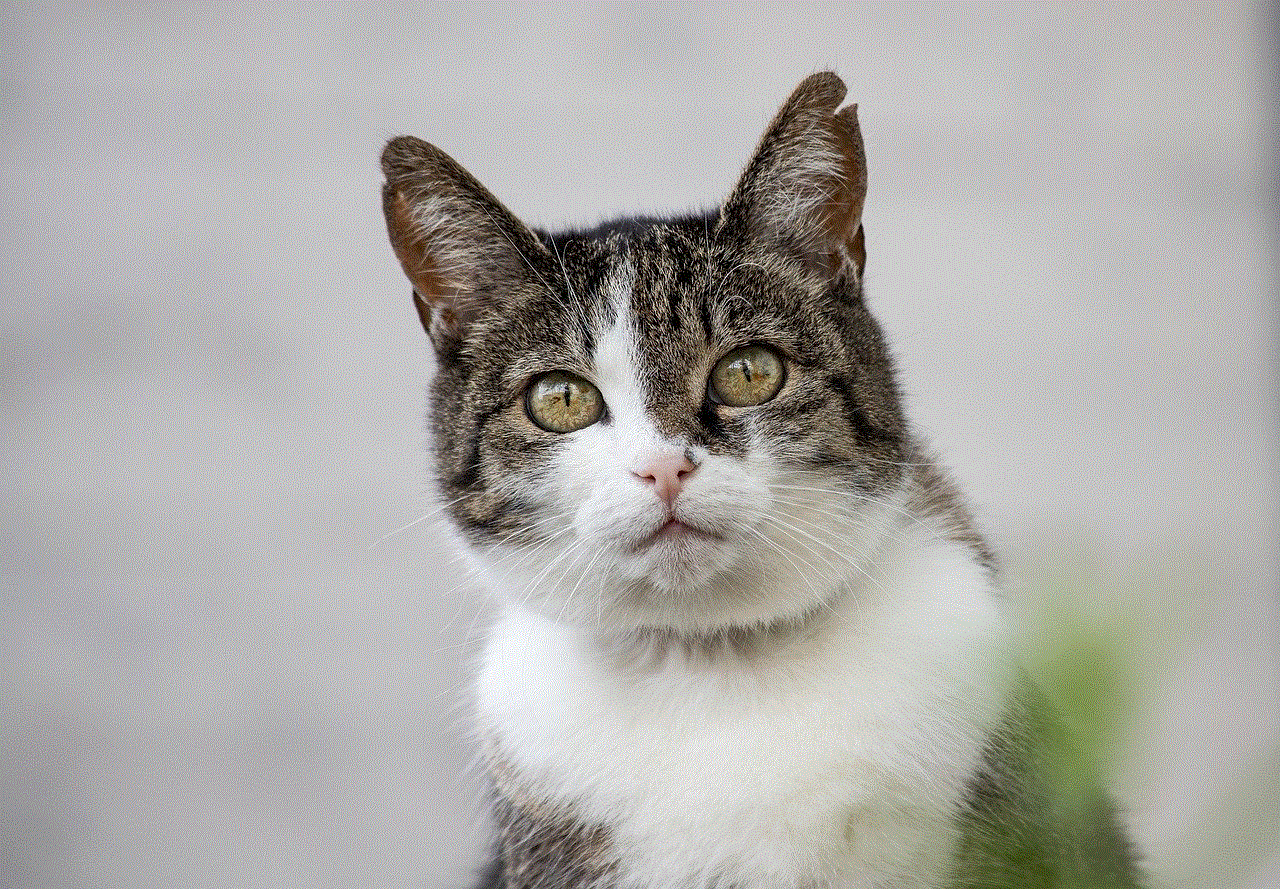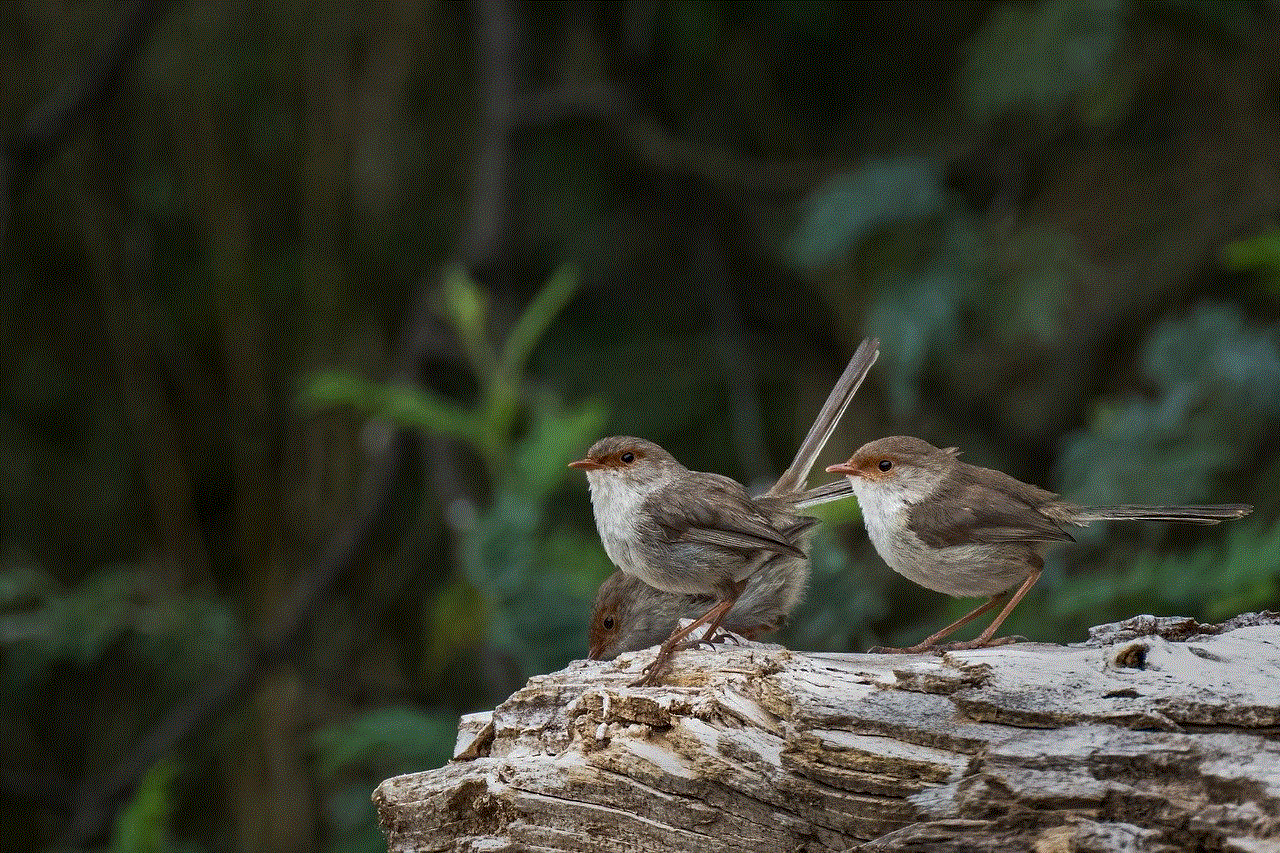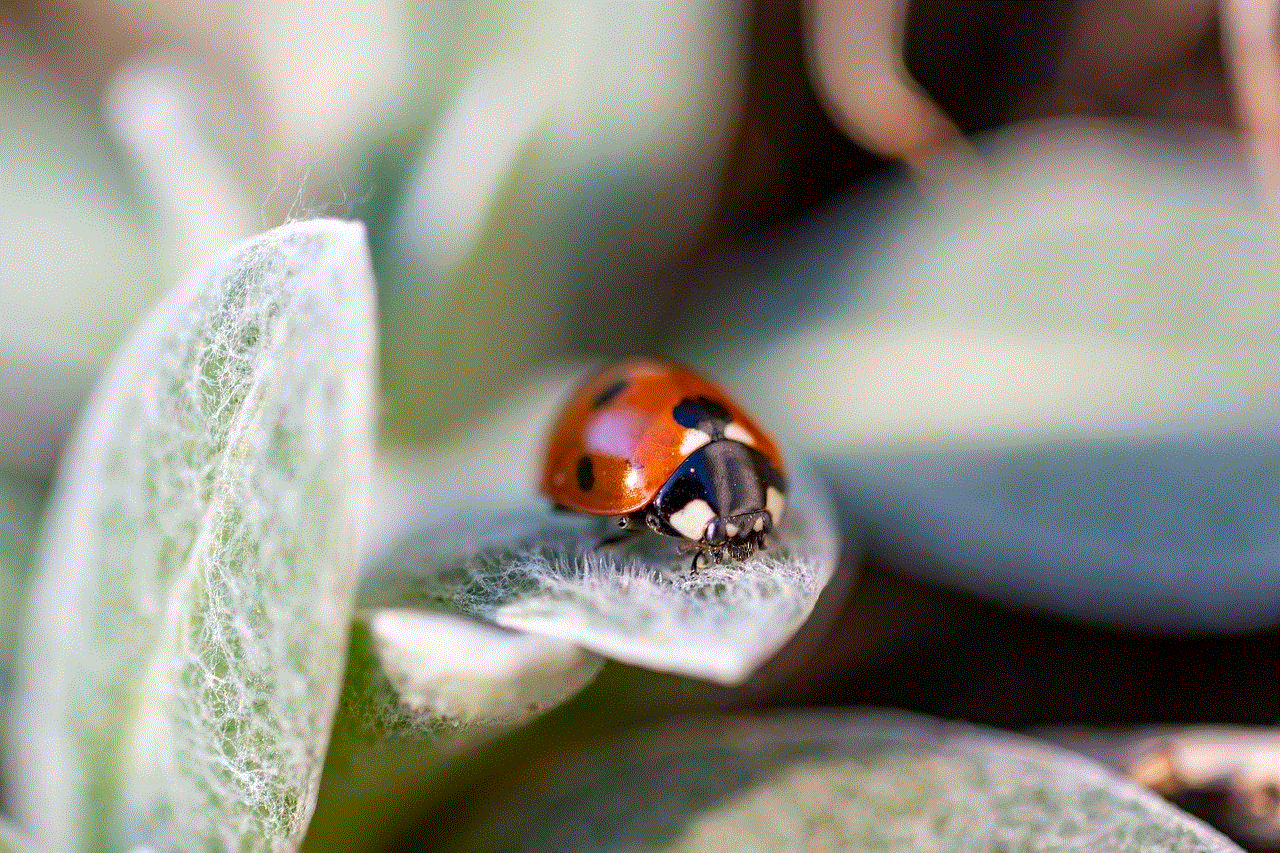words with gg in them
Words with “gg” in them are all around us, from common everyday terms to unique and obscure vocabulary. These two letters together create a powerful sound that is hard to ignore. In this article, we will explore the history, usage, and significance of words with “gg” in them.
To start, let’s take a closer look at the origin of “gg.” The letter “g” originated from the Phoenician letter “gimel,” which meant “camel.” Over time, it evolved into the Greek letter “gamma” and eventually became the modern-day “g.” The double “g” combination came about much later, during the Middle Ages, as a way to represent the hard “g” sound. This is why we see “gg” used in words like “egg” and “aggie.”
One of the most commonly used words with “gg” is “egg.” This word has been around since Old English and can be traced back to the Proto-Germanic word “ajja,” meaning “egg.” It is also believed to be related to the Latin word “ovum,” which also means “egg.” The spelling of this word has remained consistent throughout history, with the double “g” being used to represent the hard “g” sound.
Another familiar word with “gg” is “bigger.” This word comes from the Old English word “big,” which is derived from the Proto-Germanic word “bugjan,” meaning “to build.” Over time, the suffix “-er” was added to create the comparative form, “bigger.” This word is a perfect example of how the double “g” is used to represent a hard “g” sound in the middle of a word.
Moving on to a more obscure word, “aggrandize” is an interesting term with “gg” in it. This word comes from the French word “aggrandir,” meaning “to increase.” The prefix “ad-” was added to create the word “aggrandize,” which means to make something appear greater or more important. This word is often used in a negative context, describing someone who is trying to inflate their own importance.
As we continue our exploration of words with “gg,” we come across “aggravate.” This word comes from the Latin word “aggravare,” meaning “to make heavier or more severe.” The prefix “ad-” was once again added to create the word we know today. This word is often used to describe a situation or action that makes something worse or more difficult.
On a lighter note, “jiggle” is a fun word with “gg” in it. This word comes from the Middle English word “giggle,” which was a verb meaning “to shake or move quickly.” Over time, the spelling changed to “jiggle” and the meaning shifted to its current form, describing a quick, small movement. This word is often used to describe something that is loose or unsteady, such as a jiggling doorknob.
One word with “gg” that is often associated with the medical field is “allergy.” This word comes from the Greek word “allergia,” meaning “abnormal sensitivity.” The prefix “allos” means “other” and “ergon” means “reaction,” which is fitting since allergies are a reaction to something foreign in the body. The double “g” in this word is pronounced as a hard “g,” giving the word a sharp and almost uncomfortable sound.
Another word with “gg” that is commonly used in the medical field is “aggression.” This word comes from the Latin word “aggressio,” meaning “going to, attack.” The prefix “ad-” means “to” and “gradior” means “to step.” This word is often used to describe someone who is hostile or confrontational, making it a fitting term for the medical field where aggression can be seen in certain behaviors or illnesses.
One word that may not immediately come to mind when thinking of words with “gg” is “proggy.” This word is a slang term that originated in the 1960s and was used to describe someone who was progressive or ahead of their time. It is believed to be a shortened version of the word “progressive,” with the double “g” being added for emphasis and to create a unique sound. This word is not as commonly used today, but it still holds a place in modern slang vocabulary.
Moving on to the world of music, “ragga” is a genre of music that has “gg” in it. This term originated in Jamaica and is a combination of the words “ragged” and “ragtime.” It is a form of dancehall music that is characterized by its fast-paced, rhythmic beat. The double “g” in this word adds to the energetic and lively sound of the music.
Lastly, let’s explore the word “nagging.” This word comes from the Old Norse word “gnaga,” meaning “to bite, gnaw.” Over time, the spelling changed to “nagging,” and the meaning shifted to describe a constant and annoying complaint or criticism. The double “g” in this word adds to the persistent and irritating sound of someone who is nagging.
In conclusion, words with “gg” in them have a rich and diverse history. From everyday terms like “egg” and “bigger” to more obscure words like “aggrandize” and “ragga,” the double “g” adds a unique sound and meaning to these words. Whether used in a medical context or in slang vocabulary, words with “gg” continue to play a significant role in our everyday language.
how to make spy camera 150 5
In today’s digital age, spy cameras have become increasingly popular as a way to monitor and protect our homes, offices, and personal belongings. These tiny, inconspicuous devices allow us to keep an eye on things when we’re not around, providing a sense of security and peace of mind. Whether you’re looking to catch a thief in the act or simply want to keep an eye on your children or pets, a spy camera can be a valuable tool to have in your arsenal. In this article, we’ll discuss the basics of how to make a spy camera, from the different types of cameras available to the steps involved in creating your own.
Types of Spy Cameras
Before we dive into the process of making a spy camera, it’s important to understand the different types that are available. This will help you determine which type is best suited for your needs and budget.
1. Hidden Cameras
Hidden cameras are perhaps the most common type of spy camera. As the name suggests, these cameras are designed to be discreet and blend in with their surroundings. They can be disguised as everyday objects, such as a clock, pen, or even a piece of furniture. Hidden cameras are usually wireless and can be activated through motion detection or remote control.
2. Body Cameras
Body cameras, also known as wearable cameras, are small cameras that can be worn on the body. They are often used by law enforcement officers, but they can also be useful for personal use. Body cameras can be worn on clothing or attached to a hat, glasses, or even a necklace. They are perfect for capturing footage on the go, whether you’re hiking, biking, or just going about your daily routine.
3. Nanny Cams
Nanny cams are designed to monitor and record the activities of nannies or babysitters in your home. They are usually hidden or disguised as everyday objects, such as a stuffed animal or a clock. Nanny cams can be helpful for parents who want to keep an eye on their children while they’re away, or for families who have hired a new caregiver and want to ensure their children’s safety.
4. IP Cameras
IP cameras, also known as network cameras, are connected to the internet and can be accessed remotely through a computer or smartphone. They are often used for surveillance purposes and can be helpful for monitoring your home or office while you’re away. IP cameras can be wireless or wired, and they usually come with additional features such as night vision and two-way audio.
Steps to Make a Spy Camera
Now that you have a better understanding of the different types of spy cameras, let’s take a look at the steps involved in making one.
Step 1: Choose a Camera
The first step is to choose the type of camera you want to use. Consider your budget, as well as your specific needs and preferences. If you want a camera that can be easily hidden, a hidden camera or body camera may be the best option. If you want to monitor your home or office remotely, an IP camera may be the way to go.
Step 2: Gather Materials
The materials you’ll need to make a spy camera will depend on the type of camera you’ve chosen. In general, you’ll need a small camera, a power source (such as a battery or power adapter), a storage device (such as a memory card), and any other additional features you want to include (such as night vision or two-way audio).
Step 3: Disassemble the Camera
If you’re using a ready-made camera, you’ll need to disassemble it to access the internal components. This can be done by carefully removing the outer casing or by following the manufacturer’s instructions.
Step 4: Prepare the Camera
Once you have access to the internal components, you’ll need to prepare the camera for use. This may involve connecting wires, inserting a memory card, or installing batteries. Make sure to follow the instructions provided with your camera to ensure it is set up correctly.
Step 5: Choose a Disguise
If you’re using a hidden camera, you’ll need to choose a disguise for it to blend in with its surroundings. This could be anything from a tissue box to a teddy bear, as long as it can hide the camera without obstructing its view.
Step 6: Assemble the Spy Camera
Once you have all the necessary components and have chosen a disguise, it’s time to assemble your spy camera. Carefully place the camera inside the disguise, making sure it is positioned correctly to capture the desired footage. You may need to make small holes for the camera lens and any wires that need to be connected.
Step 7: Test the Camera
Before using your spy camera, it’s important to test it to ensure it is working properly. Turn it on and make sure it is recording footage. You may also want to test its range and motion detection capabilities, if applicable.
Step 8: Hide the Camera
Once you’ve tested the camera, it’s time to hide it in its designated location. Make sure it is well-placed and not easily noticeable, as the whole point of a spy camera is to remain undetected.



Step 9: Monitor the Footage
Depending on the type of spy camera you’ve made, you may be able to monitor the footage in real-time through a computer or smartphone. Alternatively, you can retrieve the stored footage at a later time and review it for any important information.
Step 10: Maintain and Update
To ensure your spy camera continues to function properly, make sure to maintain and update it regularly. This may involve changing the batteries, deleting old footage, or updating the software if necessary.
In conclusion, making a spy camera may seem like a daunting task, but with the right materials and a little bit of patience, it can be a fun and rewarding experience. Whether you’re looking to monitor your home, office, or personal belongings, a spy camera can be a valuable tool to have. Just remember to use your spy camera responsibly and always follow the laws and regulations in your area.
how to become a minecraft streamer 40 12
Minecraft is a popular sandbox video game that has taken the world by storm. With its open-world concept and endless possibilities, it has captured the hearts of millions of players around the globe. With the rise of live streaming, many players have turned to platforms like Twitch and youtube -reviews”>YouTube to share their gameplay with others. This has led to the emergence of a new breed of content creators – Minecraft streamers.
If you are a fan of Minecraft and have been thinking about becoming a streamer yourself, you may be wondering how to get started. In this article, we will discuss the steps you need to take to become a successful Minecraft streamer.
Step 1: Know the Game
Before you even think about streaming Minecraft, it is essential to have a good understanding of the game. This means playing the game regularly and getting familiar with its mechanics, features, and updates. You should also be aware of the different game modes and have experience in each of them.
Having a deep knowledge of the game will not only help you create better content but also make it easier for you to engage with your audience. It will also help you to troubleshoot any technical issues that may arise during your stream.
Step 2: Choose your Platform
The next step is to choose the platform you want to stream on. The two most popular options for gamers are Twitch and YouTube. Both platforms have their pros and cons, so it’s essential to do your research and choose the one that best suits your needs.
Twitch is the go-to platform for live streaming, and it has a dedicated community of gamers. On the other hand, YouTube offers the added benefit of being able to upload pre-recorded content, which can help you reach a wider audience.
Step 3: Set up your Equipment
To become a Minecraft streamer, you need to have the right equipment. This includes a gaming PC or console, a good internet connection, a webcam, a microphone, and streaming software.
When it comes to your PC or console, it’s crucial to have a machine that can handle streaming and playing the game at the same time. A good internet connection is also essential, as it will determine the quality of your stream.
A webcam and microphone are necessary for engaging with your audience and creating a more personal connection with them. Lastly, you will need streaming software to broadcast your gameplay to your chosen platform. Popular options include OBS, Streamlabs, and XSplit.
Step 4: Create a Brand



To stand out in the crowded world of Minecraft streaming, you need to have a unique brand that sets you apart from other streamers. This includes creating a catchy username and designing a logo and overlays for your stream.
Your brand should also be reflected in your stream’s theme, such as the music you use and the graphics on your screen. This will help you create a cohesive and professional look for your stream.
Step 5: Plan your Content
Once you have your equipment and brand in place, it’s time to plan your content. This includes deciding on a schedule for your streams and the type of content you want to create.
Minecraft offers endless possibilities, so it’s essential to have a clear vision of what you want to showcase on your stream. This could be building impressive structures, completing challenges, or playing with other streamers.
It’s also a good idea to interact with your audience and ask for their input on what they would like to see on your stream. This will not only help you create content that your viewers will enjoy but also make them feel like they are part of the experience.
Step 6: Promote your Stream
To grow your audience, you need to promote your stream. This can be done through social media platforms, gaming communities, and word of mouth. You can also collaborate with other streamers in the Minecraft community to reach a wider audience.
It’s also essential to engage with your viewers on social media and respond to their comments and questions. This will help you build a loyal fan base and attract new viewers to your stream.
Step 7: Be Consistent
Consistency is key when it comes to growing your audience as a Minecraft streamer. This means sticking to your schedule and regularly streaming on your chosen platform. It also means maintaining a consistent level of quality in your content.
Viewers are more likely to return to your stream if they know when to expect it and what to expect from it. It’s also essential to be consistent in your interactions with your audience, whether it’s through chat or social media.
Step 8: Engage with your Audience
Engaging with your audience is crucial to building a successful streaming career. This means interacting with your viewers through chat, asking for their feedback, and responding to their comments and questions.
You can also engage with your audience by hosting giveaways, creating polls, and involving them in your gameplay. This will not only keep your viewers entertained but also make them feel like they are part of your community.
Step 9: Be Patient
Becoming a successful Minecraft streamer takes time and patience. It’s essential to remember that it won’t happen overnight, and it’s crucial to stay motivated and consistent even when your viewership is low.
It’s also important to continually evaluate your content and make changes to improve it. This could include trying out new game modes, collaborating with other streamers, or incorporating new elements into your stream.
Step 10: Have Fun



The most important thing to remember is to have fun. Minecraft is a game that is meant to be enjoyed, and streaming should not feel like a chore. If you are passionate about the game and enjoy streaming, it will reflect in your content and attract more viewers.
In conclusion, becoming a Minecraft streamer takes hard work, dedication, and patience. By following these steps and staying true to yourself, you can build a successful streaming career and share your love for the game with others. So, go ahead and start streaming – who knows, you may be the next big Minecraft streamer!